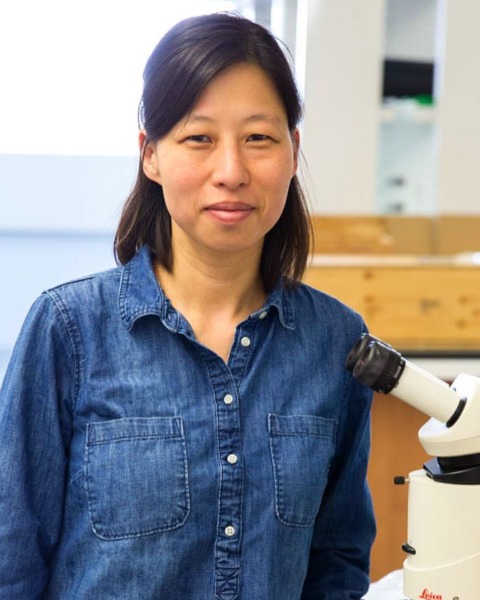Plant-Insect Ecosystems
Section Symposium
Transforming Agricultural Landscapes: Current Perspectives on How Intensification Impacts Arthropods and Pathways Toward a Sustainable Future
Locating insects but why did they move there? Defining and measuring spillover in agricultural landscapes
Sunday, October 31, 2021
9:25 AM - 9:40 AM MT
Location: Colorado Convention Center, Meeting Room 107-109
- RH
Rachel Harman
Kansas State University
Manhattan, Kansas 
Tania N. Kim
Assistant Professor
Kansas State University
Manhattan, Kansas
Presenting Author(s)
Co-Author(s)
Agricultural intensification results in large fields with low crop diversity in greatly fragmented landscapes. These crop systems reduce local insect biodiversity and ecosystem services, such biocontrol and pollination. Recent conservation efforts have included redesigning farmland landscapes to incorporate adjacent natural habits that promote spillover (the uni-directional movement of organisms from a donor habitat into a different adjacent, recipient habitat). Spillover is a fundamental process in agricultural systems, but, historically, it has not been consistently defined or measured in any research discipline, including agriculture, disease, fisheries, habitat fragmentation, and general ecology. We did a systematic review of population and community spillover and retrieved empirical 317 studies, of these 83 included arthropod movement within agricultural systems. As described here, these studies often define spillover specifically as a movement process (32%; 1.5-times more often than as an effect). Contrarily, it is the effects of spillover, such a richness (40%), abundance (17%), and activity density (14%) that are empirically measured, not movement (0%). Methods quantifying these measurements automatically include individuals present due several patterns of movement, such as foray loops and edge behavior (98%). We show that different movement patterns can alter population dynamics and, consequently, the efficiency of natural enemies and pollinators in differently designed crop agricultural landscapes. To eliminate the mismatch of definitions and methods used, assessments of directionality of movement, such as mark-recapture and telemetry, are necessary. Doing so will increase our understanding of the consequences of spillover movement in agricultural systems.

